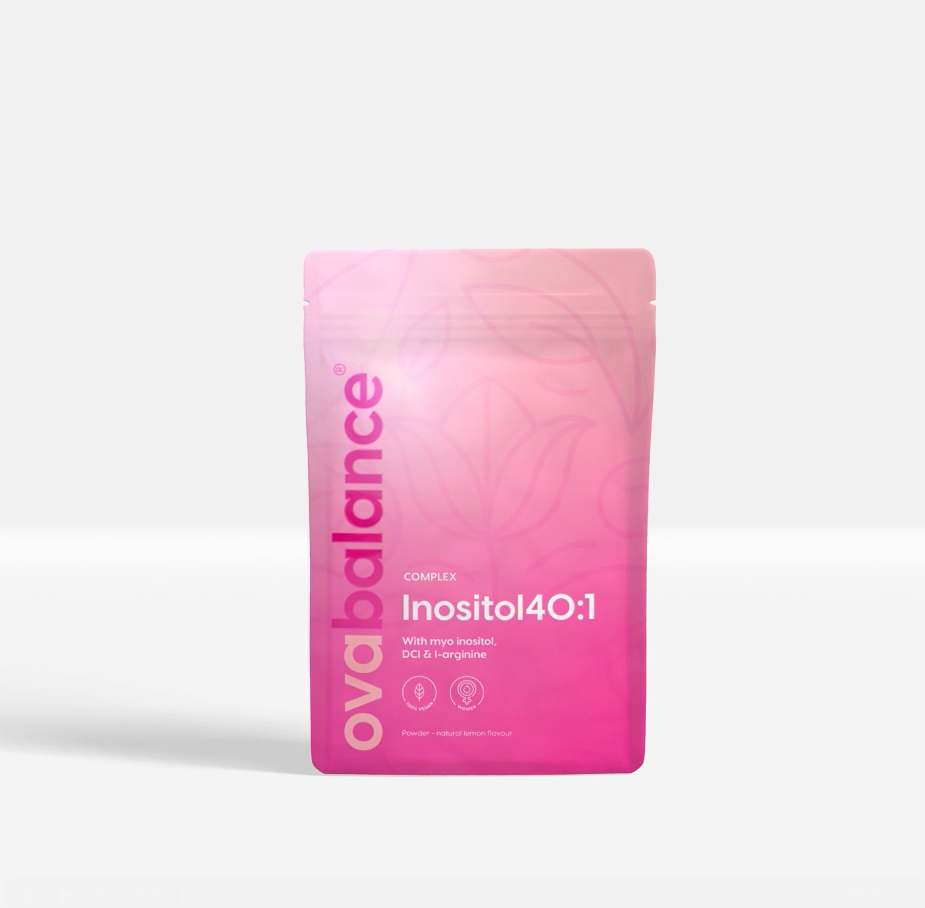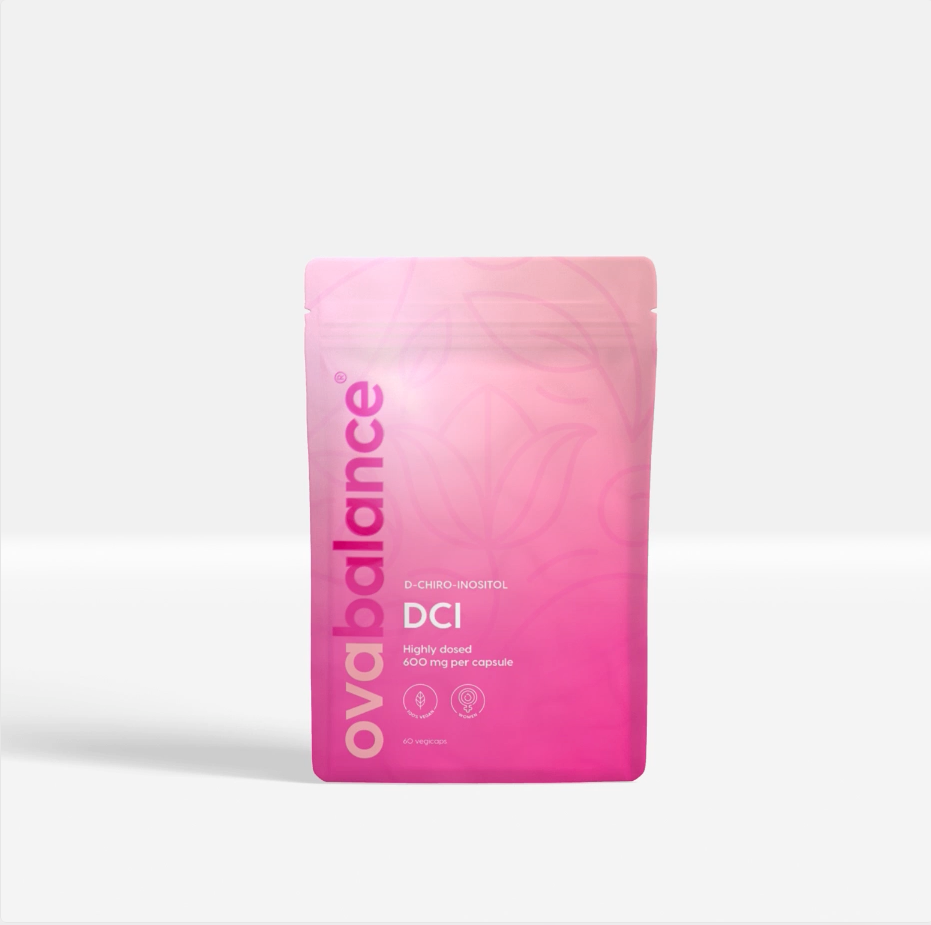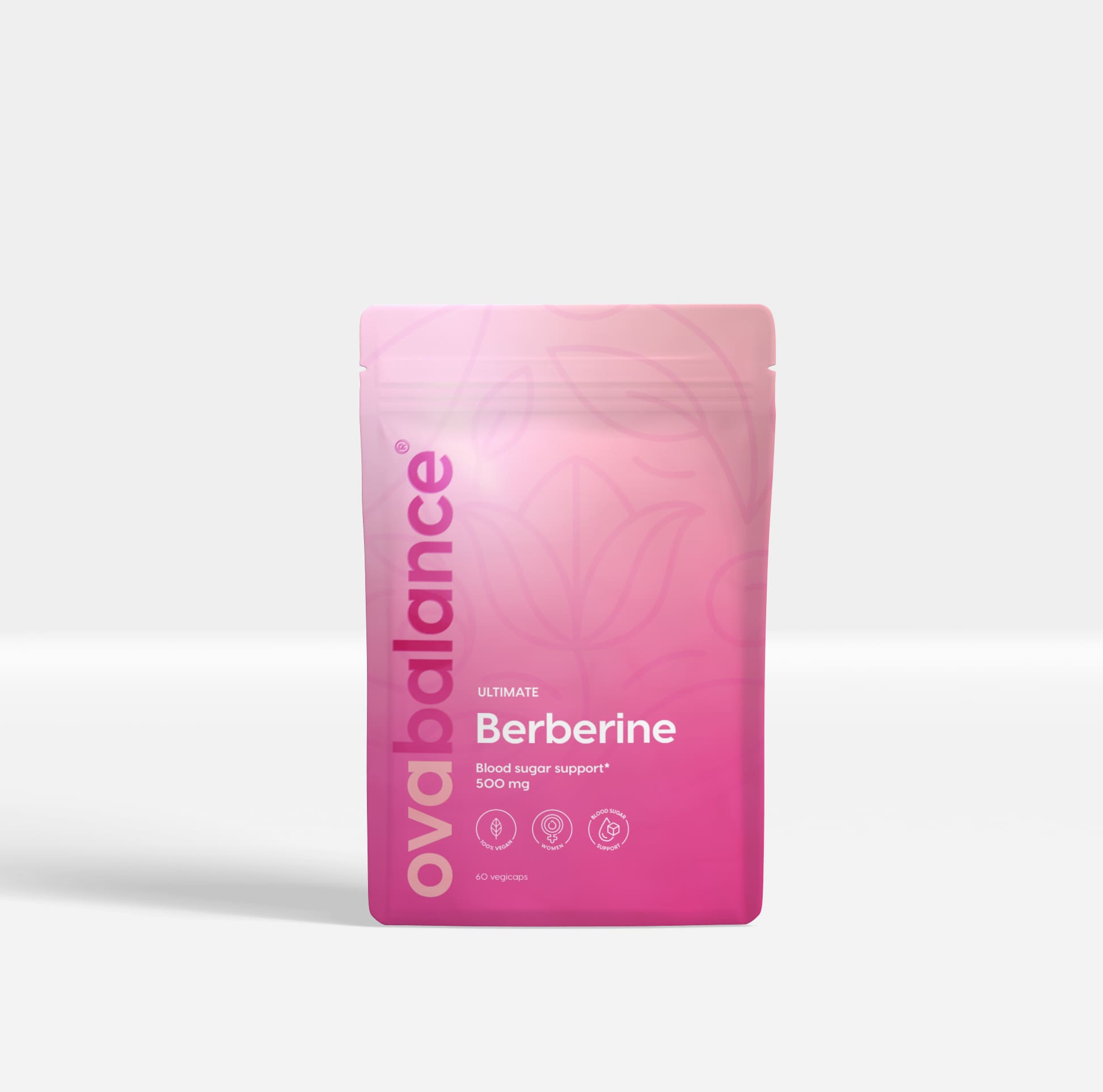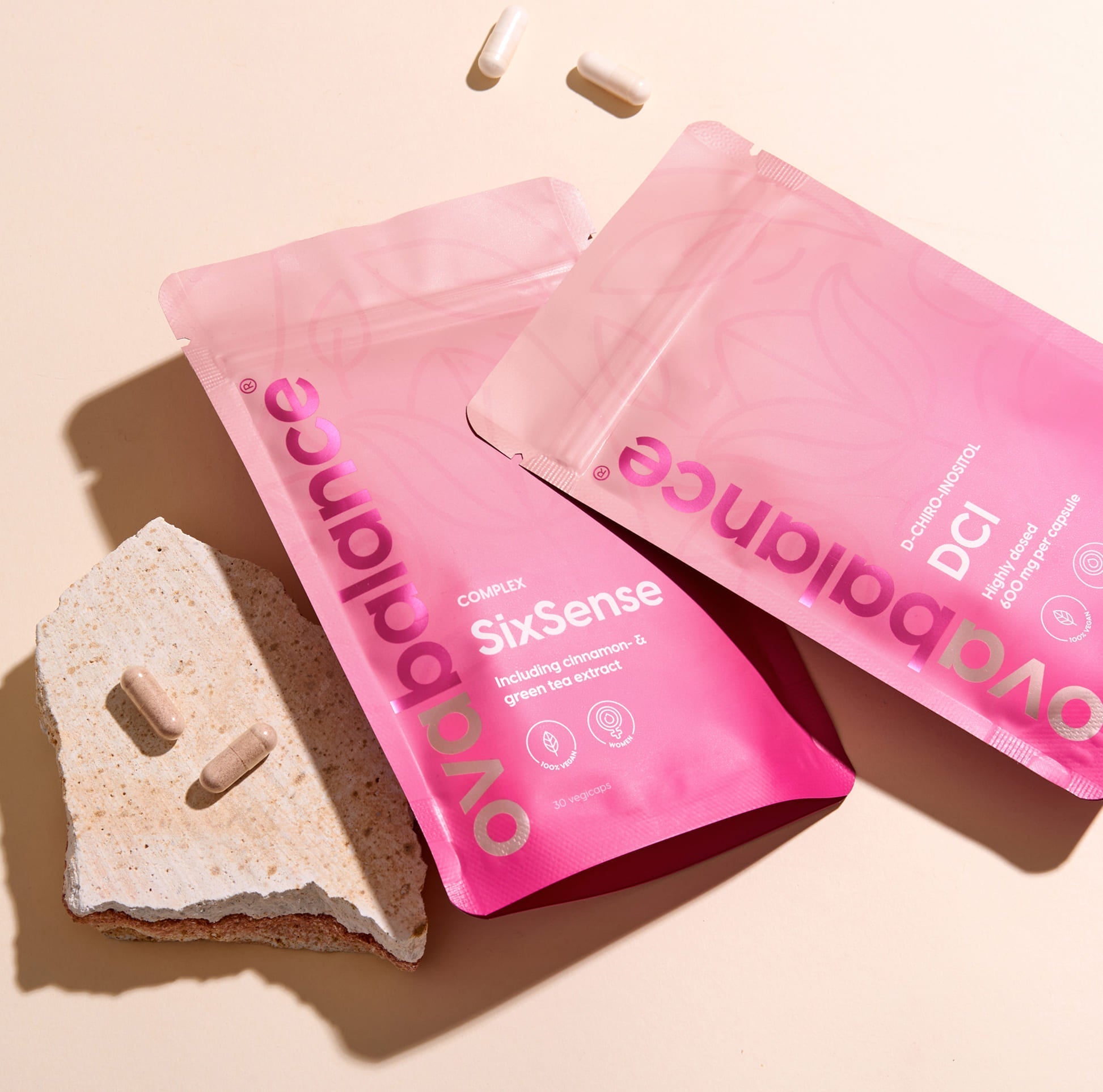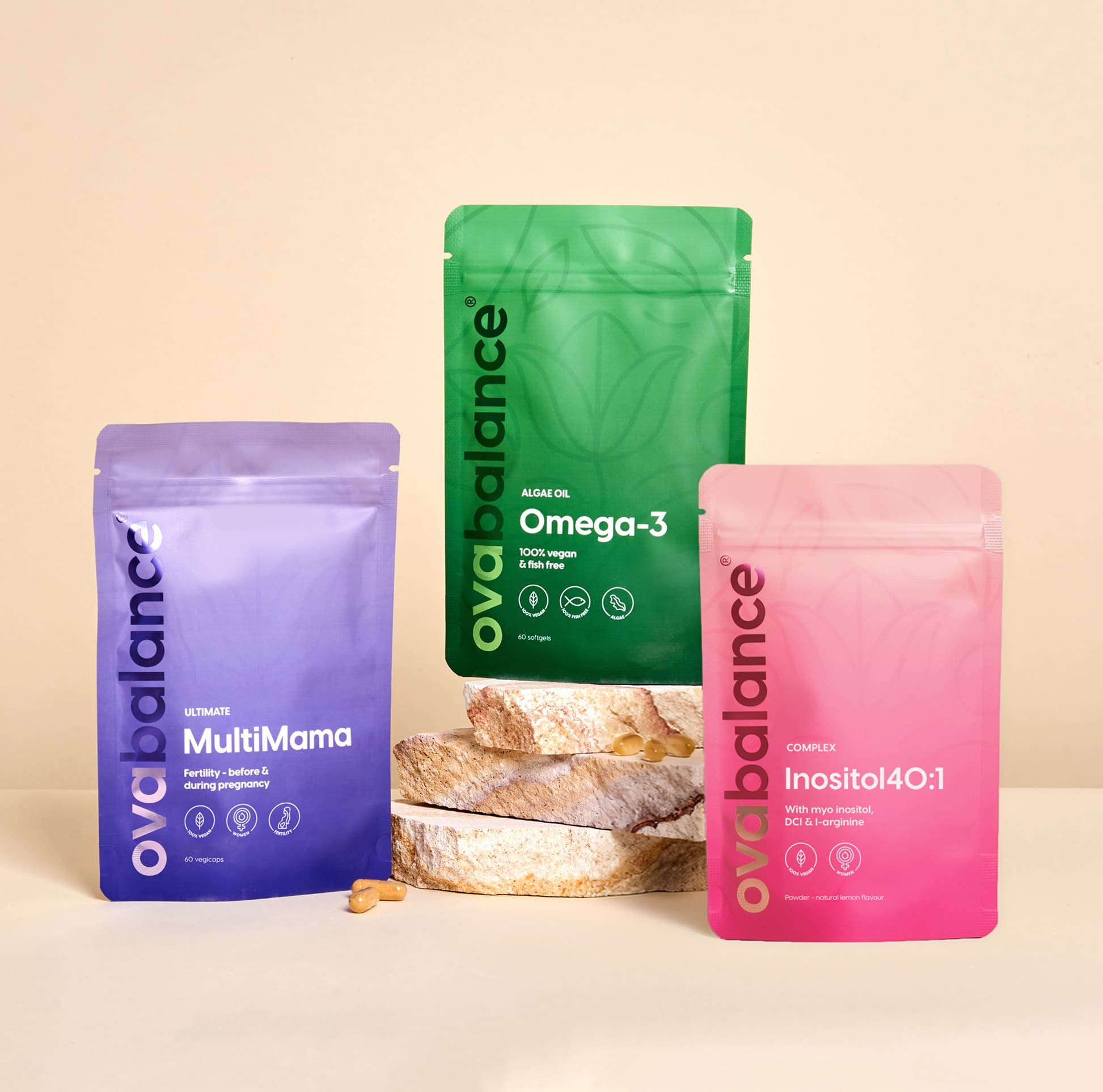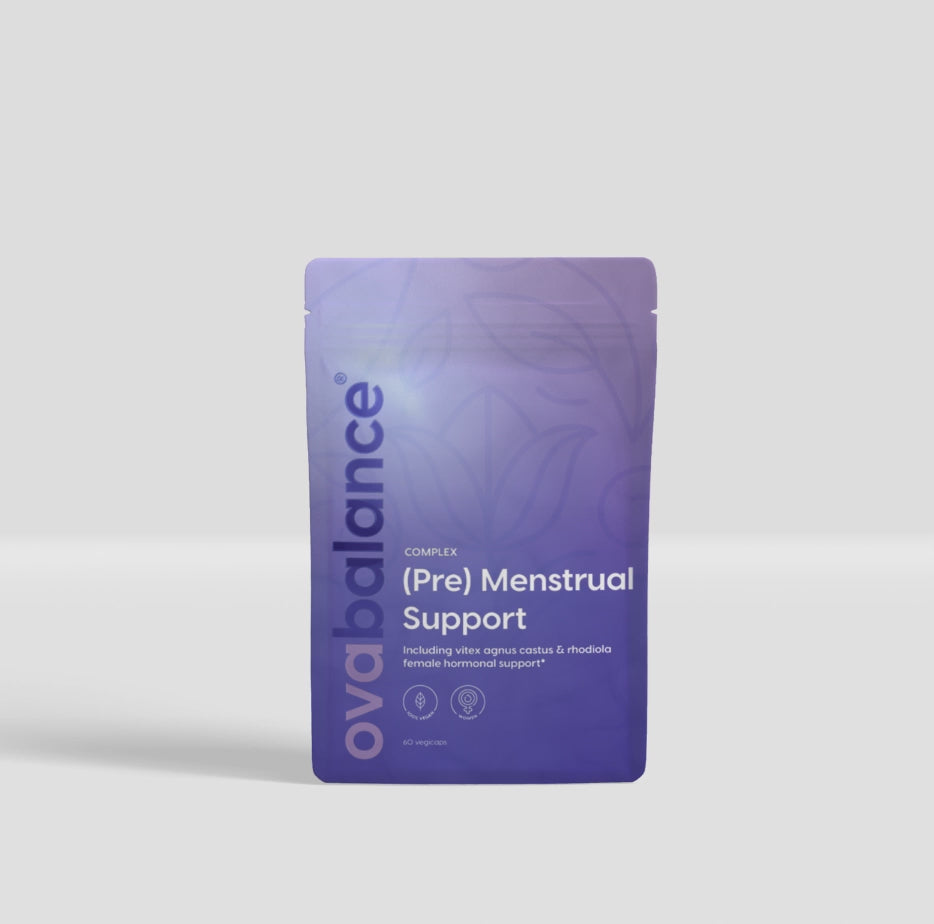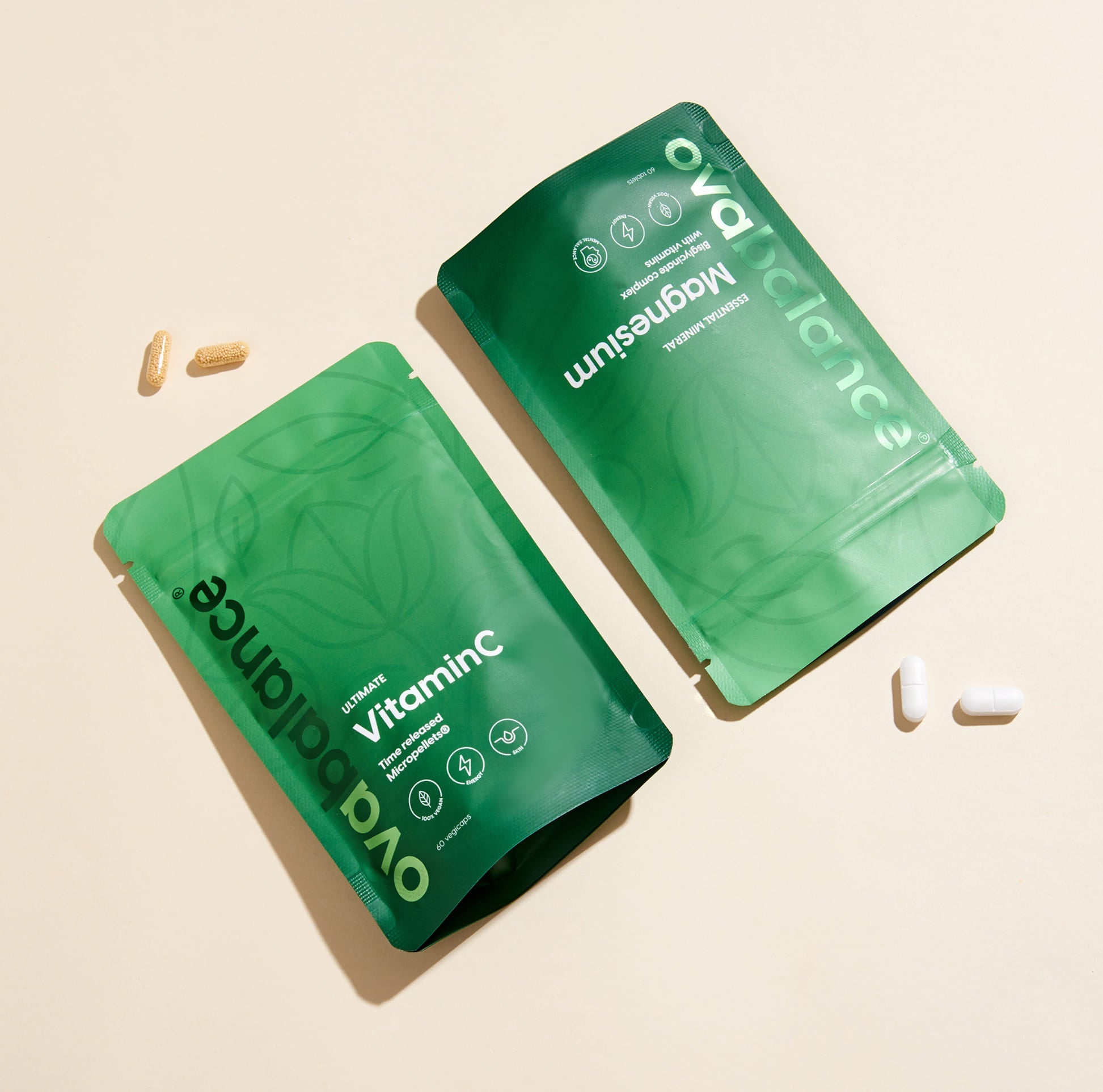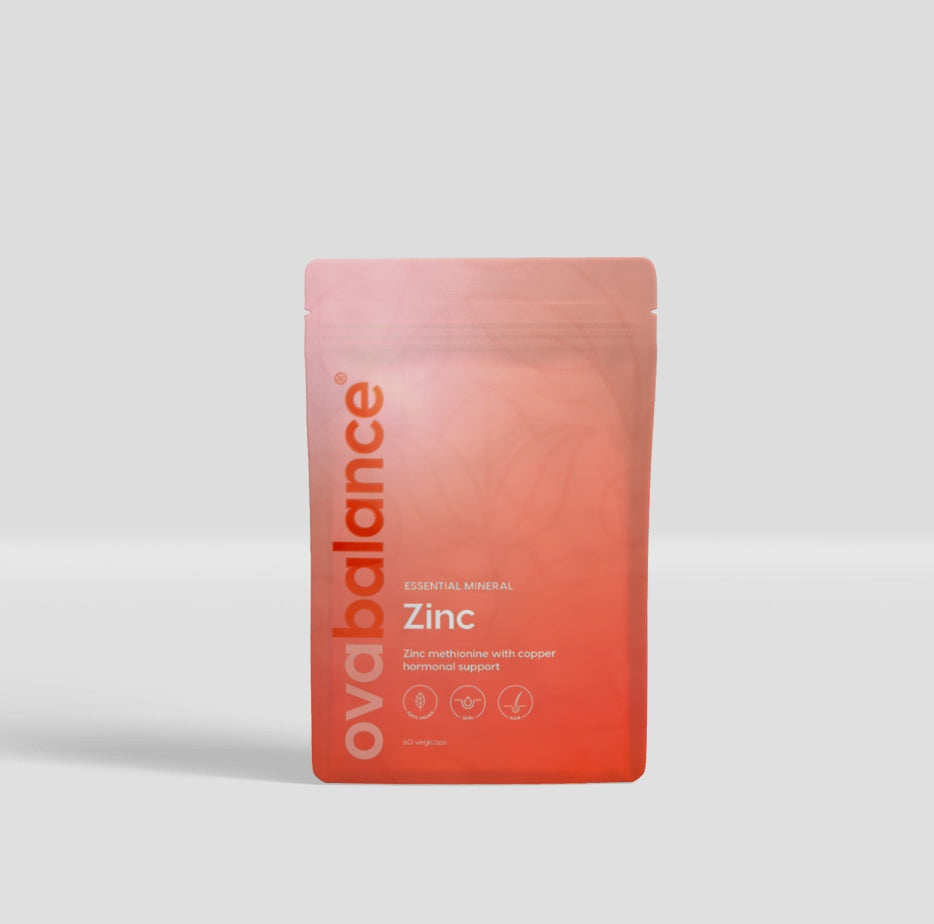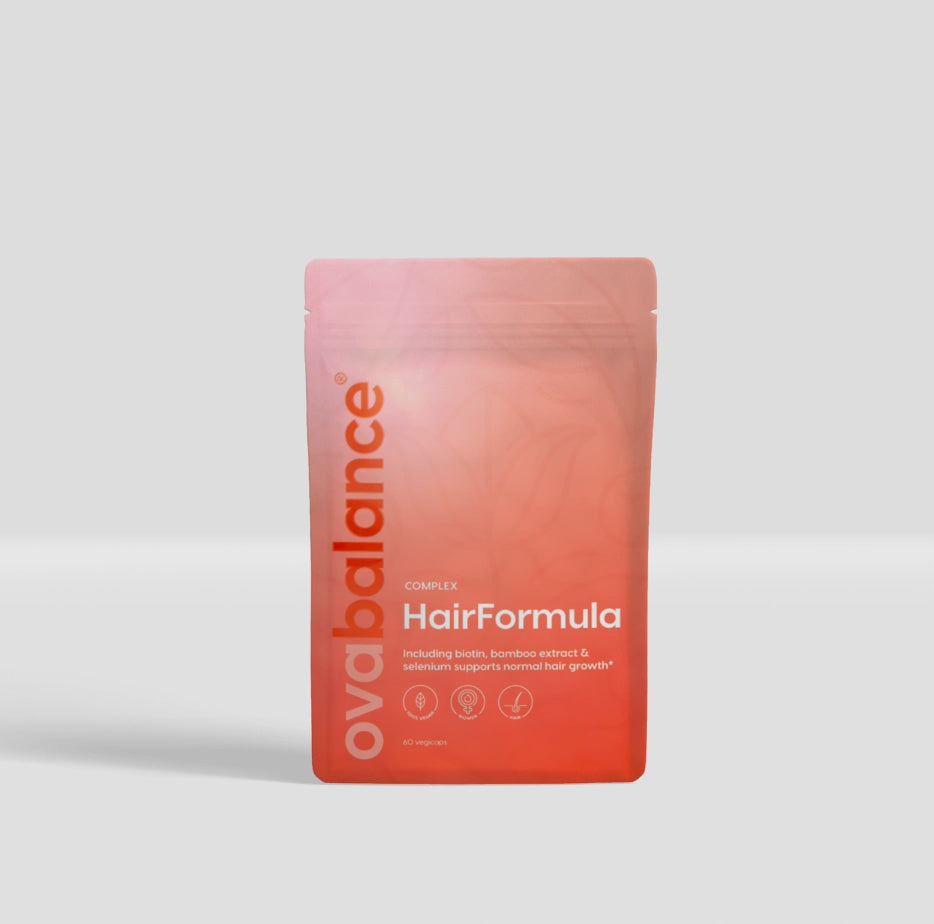

Magnesium is an important mineral that supports many processes in the body. Despite the fact that magnesium is a well-known nutrient for many people, not everyone knows what magnesium is exactly and from which food we absorb it. Time to give magnesium the stage it deserves.
Contents
What is magnesium good for?
Magnesium contributes to various bodily processes:
Magnesium aids in the cell division process;
It supports the building of body protein;
It promotes your energy metabolism;
Magnesium also contributes to the maintenance of healthy teeth;
And it is good for mental resilience;
In addition, magnesium also plays a role in the normal functioning of the muscles.
A list that you can't just ignore. Sufficient magnesium intake is therefore not an unnecessary luxury, but the big question is: Where is it in?
Which foods contain a lot of magnesium?
Fortunately, magnesium can be obtained from many sources and believe it or not, it's not all green.
Leafy greens
Okay, okay. Let's be honest; you're going to find some green in this list of magnesium food sources. The mineral is found in many vegetables. Including leafy greens. Think kale, spinach and turnip greens. Spinach stands out. About 100 grams of spinach contains 45 mg of magnesium (12% of your daily requirement). Leafy greens also help protect our cells due to their high antioxidant content. Not entirely unimportant!
Avocados & legumes
More green toppers. You can also find magnesium in avocado and legumes. A full avocado contains about 58 mg of magnesium. Not bad. Of course, there is always a cock to the front: legumes such as lentils, beans, chickpeas, peas and soybeans beat the avocado hands down when it comes to magnesium content.
Nuts, seeds & kernels
Eating nuts, seeds and kernels is also a good option. A good option when you want to go for a healthy snack. Do you prefer to snack on something else? Fruits such as figs and bananas will not let you down when it comes to magnesium.
Fatty fish
Fish also contains magnesium. Salmon, mackerel, halibut and anchovies are particularly rich in magnesium. An added benefit is that you also get omega 3 when eating fatty fish.
Chocolate
Perhaps the biggest surprise of the bunch: chocolate. Yes, you read that right. Go for a bar of about 70% dark chocolate. In a 30 gram portion you will find about 30 mg of magnesium. Do you want to do it right? Then choose organic, fair trade chocolate. White and milk chocolate contain a lot of sugars and unhealthy fats and few healthy ingredients.
Supplements
In addition to your healthy diet, you can take a supplement to maintain your magnesium status. The Magnesium Complex from Ovabalance offers you an organic form of magnesium, which is easily absorbed by your body. An organically bound magnesium is, for example, magnesium citrate or magnesium bisglycinate. Both types are found in the Magnesium Complex from Ovabalance.
The need for magnesium
Every adult needs magnesium daily. For adult men, the recommended daily amount is 350 milligrams of magnesium. For women, it is 300 milligrams of magnesium. But sometimes the need for magnesium is increased, for example when you consume a lot of this mineral.
Do you experience moments of stress or do you exercise a lot? Then the amount of magnesium that your body uses increases. Do you eat varied and mostly fresh and unprocessed? Then you can in principle meet your magnesium needs. If you suspect that this is not possible, then you can always choose a supplement.
Summary:
Magnesium is an important mineral, involved in no less than 600 bodily processes. It is good for our muscles, bones and cell division, among other things. The body cannot produce minerals, including magnesium, which is why it is important to get it through your diet. Fortunately, there is enough food available that contains magnesium. And you can always opt for a well-absorbable magnesium supplement .

